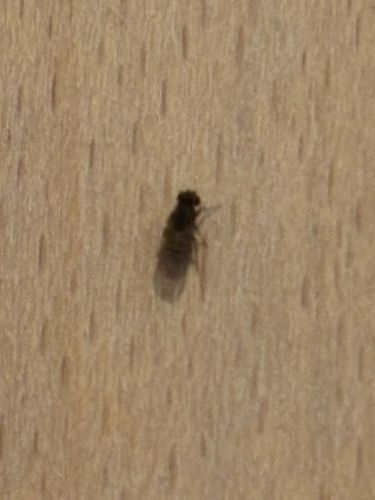Fungus Gnat
Scientific Name: Bradysia spp.
Order & Family: Diptera, Sciaridae (Dark-winged fungus gnats) or Mycetophilidae (Fungus gnats)
Size: 2-8 mm (adults)

Natural Habitat
Moist, fungus-rich environments such as potting soil of houseplants, greenhouses, compost piles, and decaying organic matter. They are often found near windows or lights.
Diet & Feeding
Adult fungus gnats typically do not feed or feed on liquids, while larvae feed on fungi, decaying organic matter, and plant roots.
Behavior Patterns
Adults are weak fliers and tend to stay near their breeding sites. They are attracted to lights. Larvae live in moist soil and consume organic material, which can include the roots of plants. They undergo complete metamorphosis (egg, larva, pupa, adult).
Risks & Benefits
Potential risks include being a nuisance, especially indoors. Larvae can damage plant roots, leading to wilting, stunted growth, and in severe cases, plant death, particularly in seedlings and young plants. They are generally not harmful to humans directly. Benefits are limited, but they contribute to the decomposition of organic matter in outdoor ecosystems.
Identified on: 9/23/2025